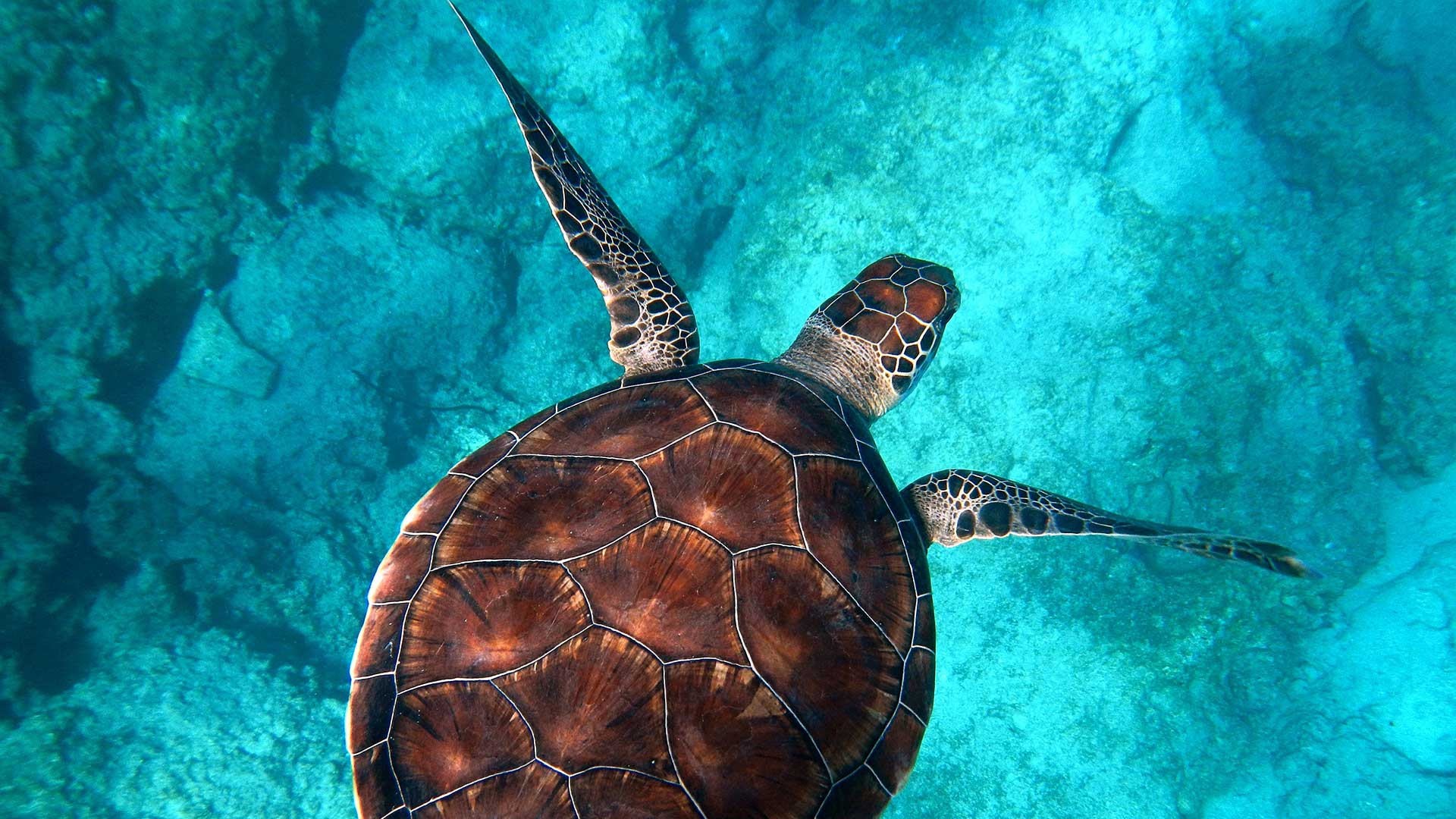Get to know your neighbor: Sea Urchin, Echinoidea
February 9, 2017
I am a Sea Urchin and a part of a class of organisms called Echinoidea. There are 950 species of Echinoderms in all of the world’s ocean and found all over the world in warm and cold water, typically in rock pools, mud, coral reefs, kelp forests, and seagrass beds. I live in clumps of 5-10 and my lifespan often exceeds 30 years, however scientists have found some specimens to live over 200 years making me one of the longest living animals on earth. I am round and spiny ranging from 3-10 cm. I can be various colors including black, dull shades of green, olive, brown, purple, blue and red. Since I am nocturnal, I usually hide during the day and become more active and feed at night. I prefer to eat seagrass and seaweed that grows on the rocky seafloor. Sea urchins are a primary food source for sea otters, starfish, wolf eels, triggerfish, and others that hunt for me. In the San Diego area, sea urchins are important to kelp forest ecosystems as a food source for the California spiny lobster and sheephead.
My spines are moveable and helps me protect myself from predators. On my underside I have five teeth that continually grow and are used for grazing. Scientists have discovered that I move my spines in reaction to shadows as a result of my light sensitivity. I lodge myself in a holes and crevasses to anchor myself to the seafloor so that waves cannot sweep me away. Amazingly, I have the ability to regenerate parts of my body if predators break of my spines. Take a look next time you explore the local tide pools in San Diego, look carefully and you might see me in the nooks and crannies of rocky intertidal areas.
Why should humans care about me?
Sea urchins are a vital part of our environment because they feed on dead organisms and help to recycle materials into usable energy for other organisms. It is dangerous if populations of echinoderms increases or decreases too drastically in an ecosystem; if a balance is not achieved the entire ecosystem can collapse. If the sea urchin populations decrease by too much, predators that depend on them as a food source die off and fisheries can suffer. On the other hand, if sea urchin populations increases by too much the can create what are known as “barons” or larger swaths of seafloor free of algae. Algae is one of the most important primary producers in the ocean and the lives of species that dwell in kelp forest ecosystems depend on healthy balanced sea urchin populations.
If you would like to help in the conservation of my species there are ample volunteer opportunities with WILDCOAST. There is an upcoming opportunity to perform large scale estuary cleanups on February 18th with WILDCOAST and Surfrider. Please follow this link for registration information or contact cory@wildcoast.net for more info on how to get involved.
Sincerely,
Purple Sea Urchin
Strongylocentrotus purpuratus
This weeks get to know your neighbor segment was contributed by Hannah Becker and Liana Cota of Mar Vista High School’s Eco-Ambassador program.




You must be logged in to post a comment.